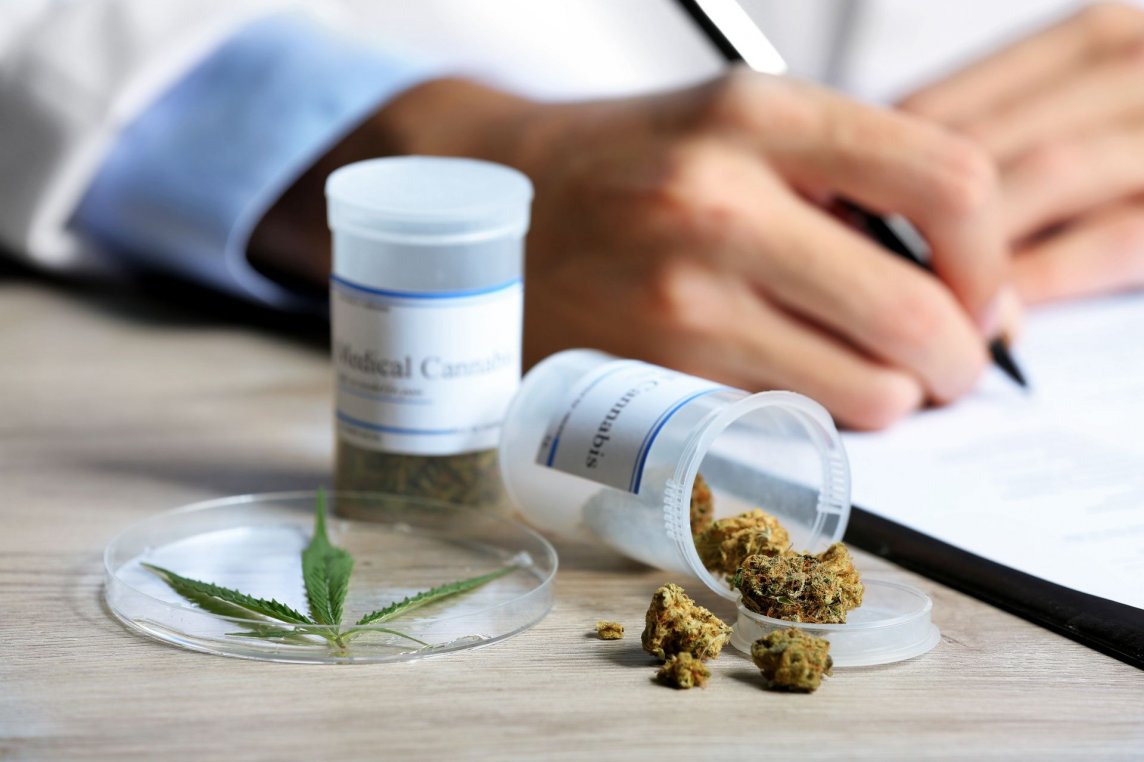Cannabis As Medicine

Now that cannabis has been legalized in Connecticut, the recreational use of cannabis has increased substantially.
Federal regulations have not changed, but there has been no evidence that federal agents have been swooping down on individuals in their homes. Discussions about the safety of cannabis, particularly among teens, have continued, however. I think it is clear that chronic use of cannabis or its active ingredients is harmful, particularly if they are smoked or vaped. Medicinal use of cannabis is a different story. People with chronic pain or nausea from chemotherapy have certainly been helped. Is cannabis as therapy appropriate for patients under the age of 18? The question remains inconclusive. I need to state here that I am not really familiar with the decision-making that leads to the use of cannabis by children with cancer, seizures, chronic pain, or other disorders. However, the relaxation of laws regarding the use of cannabis has led to greater research in these areas, and my medical school, Albert Einstein College of Medicine, has recently presented a review of some of this research. I would like to tell you about it.
Eric Hollander, MD, a professor of psychiatry and behavioral sciences, is director of the autism and obsessive-compulsive spectrum program at Einstein and Montefiore. He received a federal grant to study a phytocannabinoid (a chemical found in cannabis) called cannabidivarin (CBDV). This particular chemical can alter mood, perception, and behavior, but it does not produce a high. Now the body actually has its own naturally occurring cannabinoids called endocannabinoids. These chemicals can regulate stress, mood, social behavior, and pain. It is thought that children on the autistic spectrum have unusually high levels of endocannabinoids. The stimulation of neurons in the brain by these chemicals can lead to meltdowns, aggression, and compulsive or repetitive behaviors. Previously prescribed medications like aripiprazole have been used to regulate this stimulation, but medications can have side effects. CBDV appears to be able to bind to the same parts of the brain as the endocannabinoids. The result is a blocking of the stimulation and thus a normalization of the behavior. Dr. Hollander and his colleagues have been studying high-functioning autistic adults as well, since adults are more likely to be able to explain how they feel on the investigational phytochemicals. The study in children should be complete by next August. Meanwhile, we can be hopeful that a new and safer method of helping our children is coming soon.
It should go without saying – but I’ll say it anyway – that nobody should be giving their children cannabis or CBD or THC, except under the strict supervision of an expert in the field of psychiatry and neurology who has experience with these chemicals. The effect on a child’s brain by any of the 100 or so chemicals found in cannabis is too complex to expect a safe and effective result when we don’t have enough information. Figuring out which phytocannabinoids and at what dosage they may be used could take a while. Fortunately, legislation is finally allowing careful research to improve the treatment of many areas of medicine, including autism.
Robert B. Golenbock, MD, is currently retired. He has cared for children in the Danbury area for 43 years, including at the Center for Pediatric Medicine. The CPM is located at 107 Newtown Rd, #1D, Danbury, CT, 06810. For more information, please call (203) 790-0822 or visit https://centerforpediatricmedct.com.







